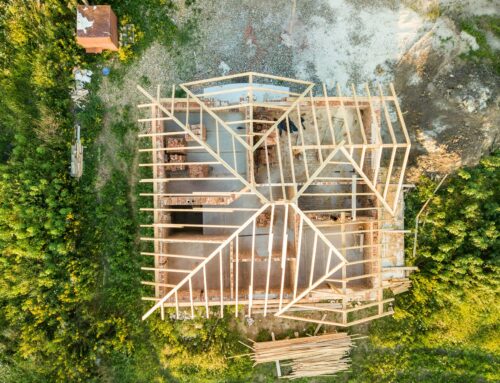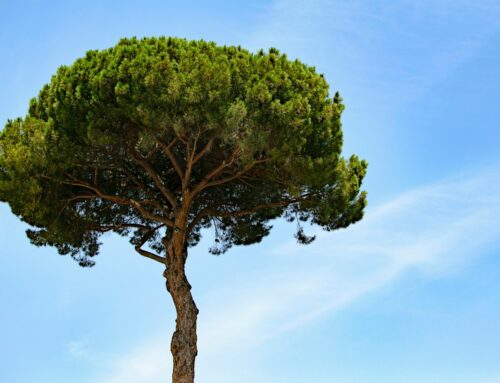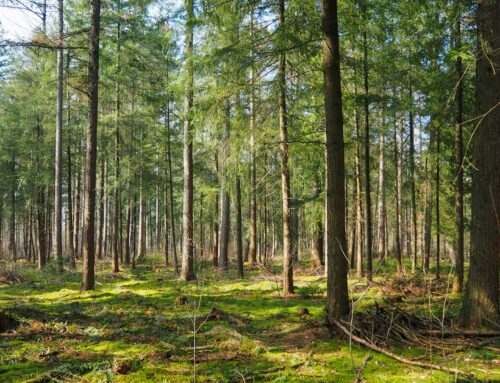The decision to remove a tree is a difficult one. Trees are living things and can provide many benefits, including shade, beauty, and habitat for wildlife. However, there are times when a tree may need to be removed for the safety of people or property. Many factors come into play when it comes to deciding whether to remove a tree or not. This blog post will fill you in on what these factors are to help you make an informed decision.
Before anything else, if you are considering removing a tree, it is important to consult with a tree expert to get their opinion. They will be able to help you weigh the pros and cons of removal and make the best decision for your situation. But if you need to make a quick decision on your own, here is a list of questions you have to ask yourself about the affected tree.
1 – How Healthy Is the Tree?
The first question you need to ask yourself is how healthy the tree is. If the tree is in good health, it is more likely to be able to withstand damage from a storm or other event. A tree that is unhealthy or has been damaged is more likely to fall and cause damage to people or property.
2 – How Big Is the Tree?
The size of a tree is an important factor to consider when determining the potential damage it could cause if it were to fall. A large tree is more likely to cause extensive damage than a smaller tree, simply due to the increased mass and size. This is why it’s important to take into account the size of a tree when deciding whether or not to remove it.
3 – How Close Is the Tree to People or Property?
The closer the tree is to people or property, the more likely it is to cause damage if it falls.
4 – How Much Damage Would the Tree Cause If It Fell?
When it comes to determining whether or not a tree poses a risk to property, there are a few key factors to consider. First, the size of the tree is important. A large tree is more likely to cause damage if it falls than a small tree. Second, the condition of the tree is important. A tree that is unhealthy or has weak roots is more likely to fall over than a healthy tree.
Finally, the location of the tree is important. A tree that is located near a structure or power line is more likely to cause damage if it falls than a tree that is located in an open field.
5 – Are There Other Options Other than Tree Removal?
There are a few other options that can be considered before resorting to tree removal. These options include tree pruning, tree cabling, and tree bracing. Tree pruning can help to remove dead or dying branches that could fall and cause damage. Tree cabling can help to support a tree that is at risk of falling. Tree bracing can also help to support a tree that is at risk of falling.
6 – How Much Will It Cost to Remove the Tree?
The cost of tree removal will vary depending on several factors, including the size of the tree, the location of the tree, and the type of equipment that is needed to remove the tree.
Conclusion
Tree removal is a dangerous and expensive process that should be left to the professionals, as often as possible. Before you decide to have a tree removed, you should consult with a tree removal service. A tree removal service will be able to give you an estimate of the cost of tree removal.
If you need help with tree removal, contact JNP Tree Removal LLC. We also handle stump grinding and seasonal cleanups for our clients. Get in touch with us now to schedule a free quote.




